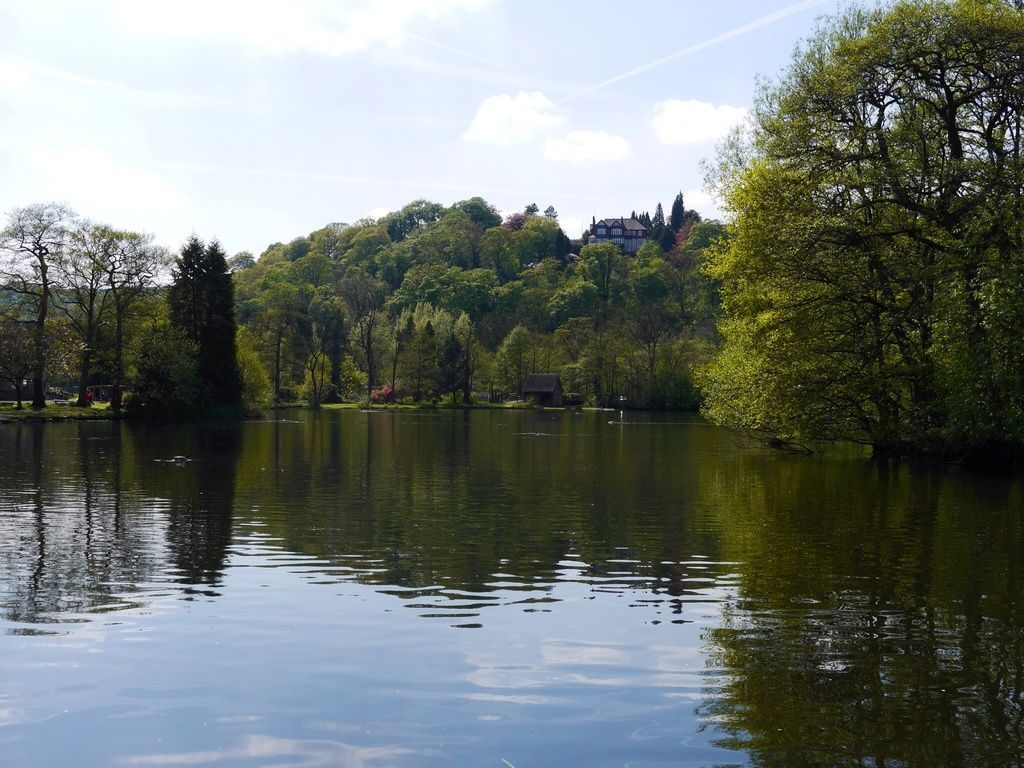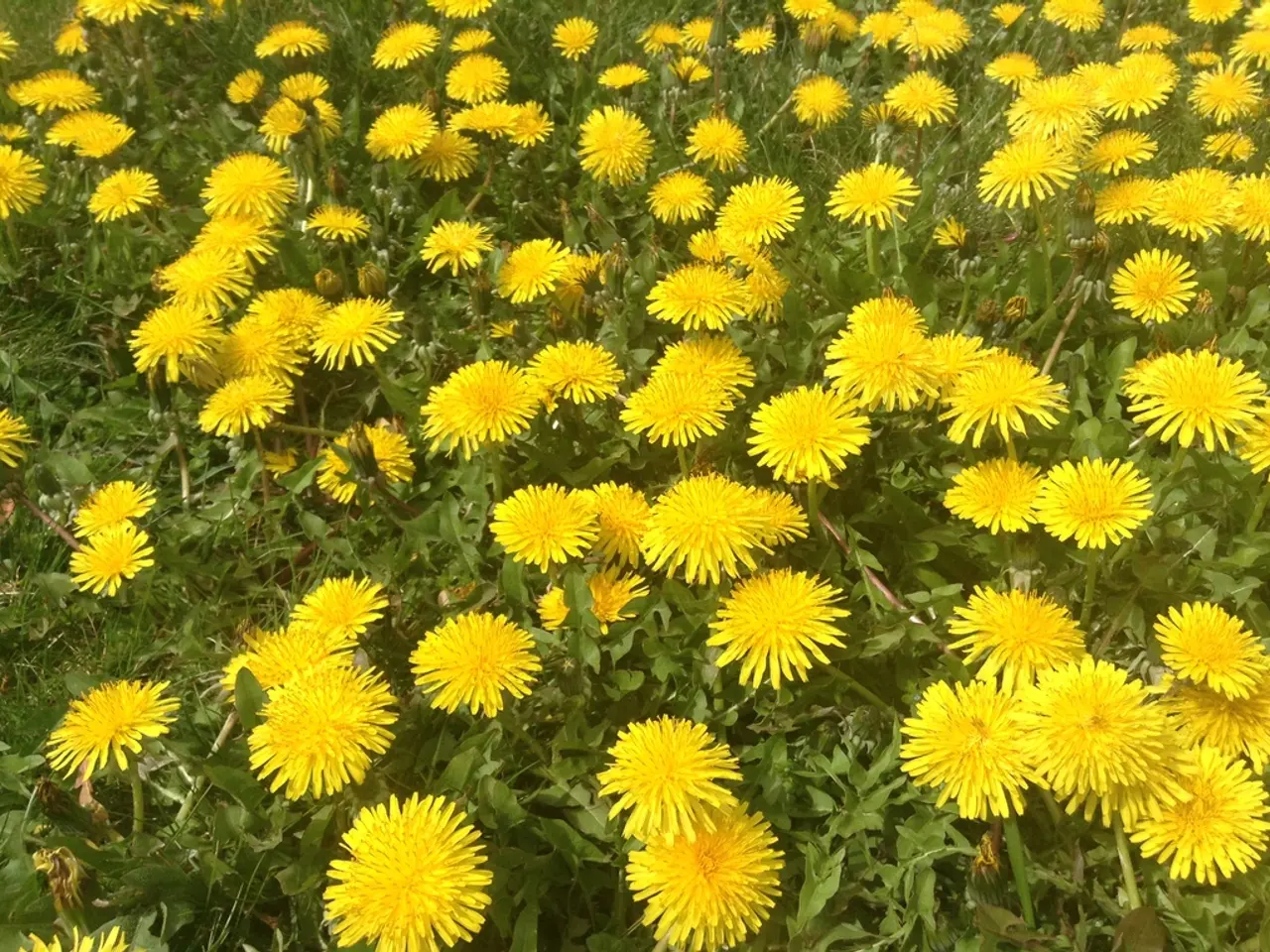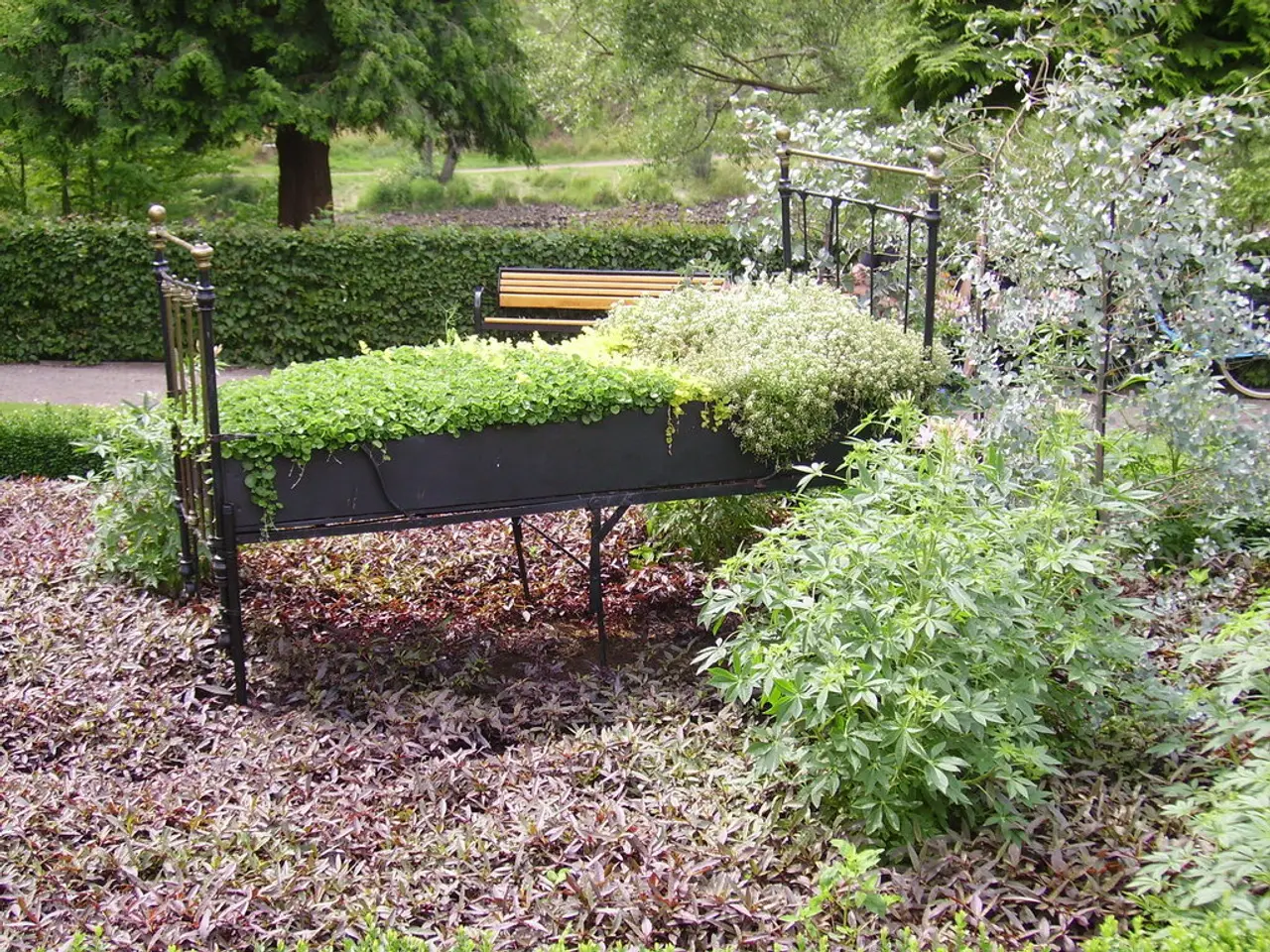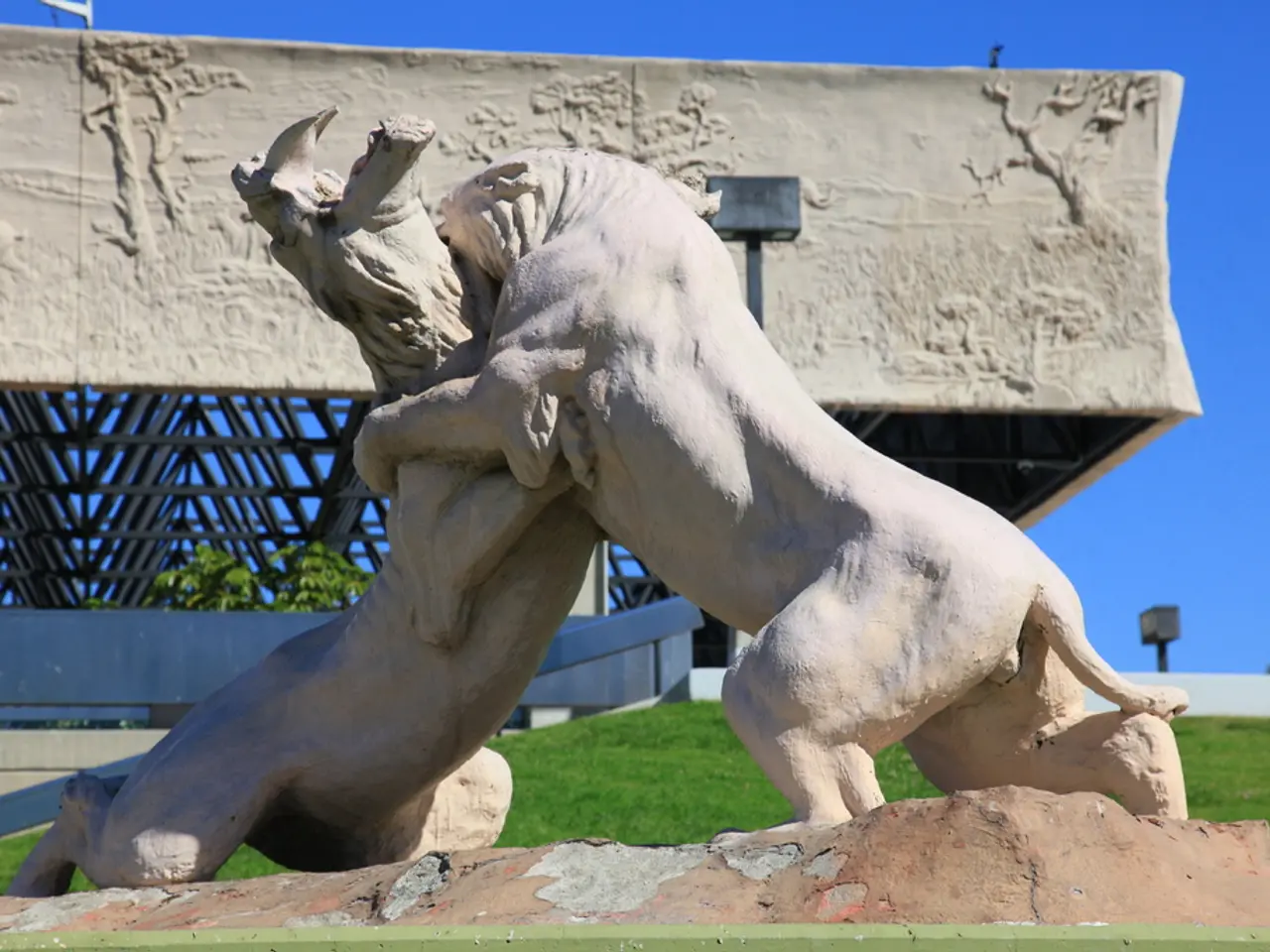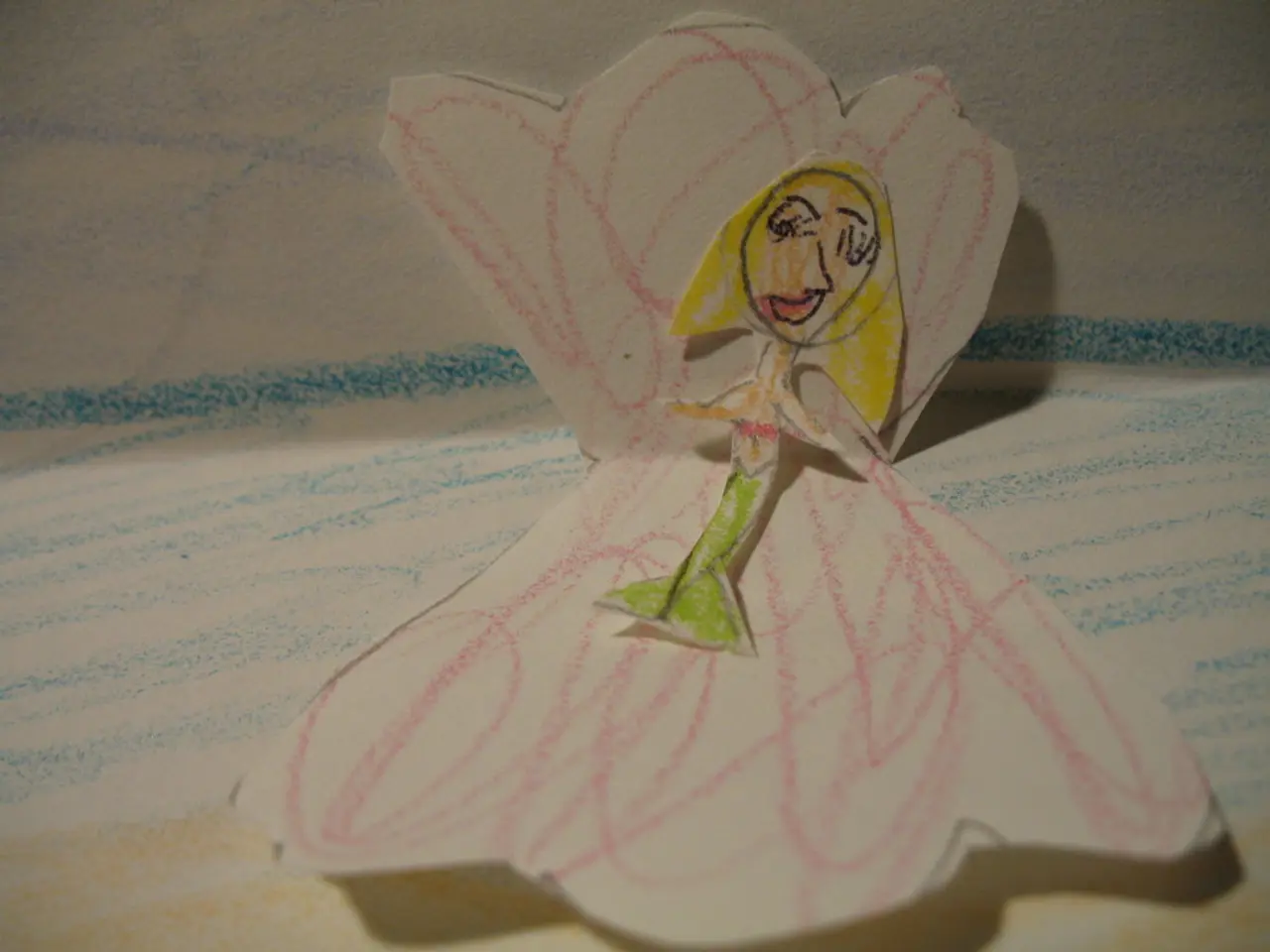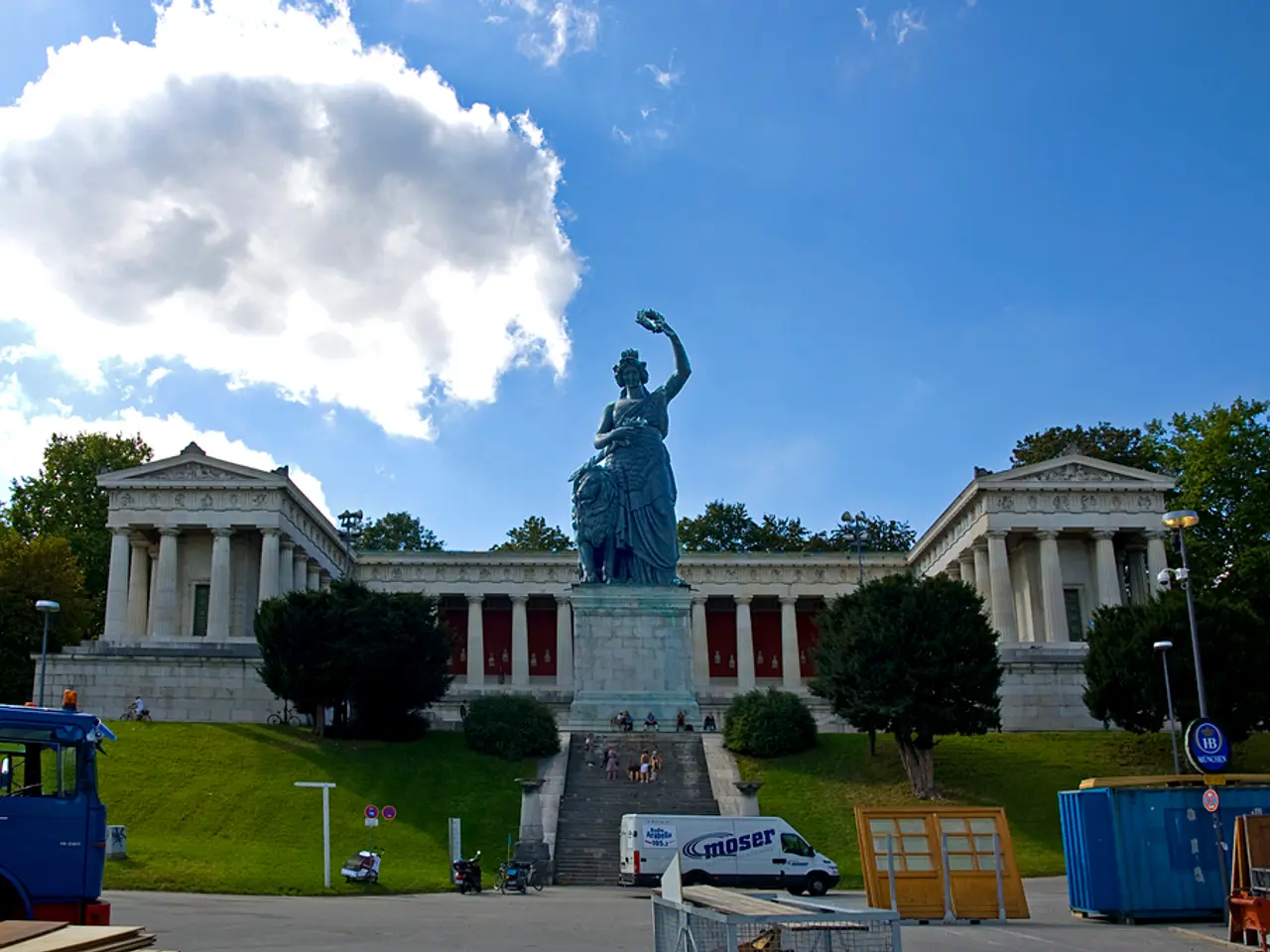Shade-tolerant plants that attract and benefit wildlife
Gardening in the shadows doesn't have to mean a lack of life. Even if your garden is plagued with the dreaded shade, there's still a plethora of plants that can thrive and attract a buzzing array of wildlife.
Typically, sun-loving critters like bees and butterflies require those warm, sunny spots. However, shade can offer a much-needed refuge during hot summers, and flowers blooming in these darker corners are less likely to wilt due to nectar depletion.
Birds, on the other hand, aren't as fussed about sunlight as their insect counterparts. Nocturnal creatures like moths visit flowers regardless of their position, as they only emerge when it’s dark.
While you may think your options are limited in a shady garden, there's a wide range of plants that can provide nectar, pollen, caterpillar food, and even seeds and fruits for birds.
Here are some top picks for your shady garden:
- Lungwort: Known for its mottled leaves that resemble lungs, Pulmonaria blooms with funnel-shaped flowers in various shades. A great ground-cover for shady borders, it's adored by the hairy-footed flower bee.
Height x Spread: 40cm x 50cm
- Foxglove: Woodland plants through and through, foxgloves bear tubular flowers in Colors, blooming every other year. They're a valuable source of nectar for bumblebees and other pollinators, while their leaves serve as food for various moth caterpillars.
Height x Spread: 1.5m x 45cm
- Primrose: Native to our British lands, primroses thrive in damp shade, typically found beneath hedgerows and woodlands. These spring-bloomers provide an early source of nectar for bees and other pollinators.
Height x Spread: 30cm x 20cm
- Hellebore: Boasting large clusters of saucer-shaped flowers, hellebores come in various colors like white, pink, green, mauve, or smoky purple. Their evergreen leaves persist throughout the year, while their flowers and new foliage re-emerge in the spring.
Height x Spread: 30cm x 30cm
- Red campion: A low-maintenance wildflower with delicate pink flowers on tall stems, red campion eventually forms bold clumps. It's often found growing wild in woodlands and roadside verges, attracting long-tongued bumblebees and moths.
Height x Spread: 30cm x 30cm
- Hardy geraniums: Known as cranesbill, hardy geraniums offer saucer-shaped flowers in shades of pink, purple, and blue. Easy to grow and long-flowering, they attract a variety of pollinators, especially bees.
Height x Spread: 85cm x 85cm
- Snowdrop: Bloom early in the gardening season, snowdrops offer pollen and nectar to a range of pollinators.
Height x Spread: 20cm x 8cm
- Ivy: Cover up shady walls or train English ivy to climb along low walls. Its flowers provide a late source of nectar for bees, butterflies, flies, and wasps, while its berries offer a calorie-rich food source for birds. The holly blue butterfly uses ivy leaves as caterpillar food.
Height x Spread: 10m x 10m
Discover more about gardening in shade:
- Types of garden shade
- Six plants for full shade
- The best shade-loving plants
Take a look at our list of wildlife-friendly plants for shade below:
1. Spicebush (Lindera benzoin)
A deciduous shrub that thrives in partial shade, spicebush features early yellow flowers in spring and bright yellow foliage in the fall. It attracts native birds and spicebush swallowtail butterflies.
2. Wild Columbine (Aquilegia canadensis)
Delicate red-and-yellow hanging flowers bloom from spring through early summer, making wild columbine ideal for partial shade and woodland-style gardens. It supports pollinators.
3. Foamflower (Tiarella cordifolia)
A low-growing native perennial, foamflower offers lush groundcover with heart-shaped leaves and white or pink flower spikes in spring. It thrives well in shade and moist soil.
4. Virginia Bluebells (Mertensia virginica)
Produces soft blue spring flowers, ideal for shaded beds and under trees. Planting them benefits this species, threatened by habitat loss.
5. Mapleleaf Viburnum (Viburnum acerifolium)
An adaptable native shrub that handles shade, offering white flowers in spring, berries in summer, and purple foliage in fall. Supports diverse wildlife.
6. Red Buckeye (Aesculus pavia)
A native deciduous tree that grows in partial shade with red tubular flowers attracting hummingbirds. It prefers moist, well-drained soil but is poisonous to humans.
7. Cardinal Flower (Lobelia cardinalis)
Features striking red tubular flowers in late summer, providing nectar for hummingbirds. Prefers fertile, moist soil and partial shade.
8. Salvias (Salvia guaranitica 'Black and Blue')
Long-blooming perennials with deep blue tubular flowers attract hummingbirds. They thrive in part shade and average soil.
9. Turk's Cap (Malvaviscus arboreus var. drummondii)
A spreading shrub with cherry red hibiscus-like flowers that provide nectar from spring through fall, attracting hummingbirds and butterflies. It prefers part shade and well-drained soil.
10. Woodland Phlox (Phlox divaricata)
Offering fragrant pastel blooms from early to mid-spring, woodland phlox attracts butterflies, bees, and hummingbirds. It thrives in partial to full shade with well-drained, rich soil.
These plants not only add beauty to shaded gardens but also provide nectar, berries, and habitat for a variety of wildlife. A mix of flowers, ferns, grasses, and sedges can enhance a shady sanctuary.
In a shady garden, the hardy geraniums, with their saucer-shaped flowers, are ideal for attracting a variety of pollinators, particularly bees. Additionally, the Red campion, with its delicate pink flowers on tall stems, is found growing wild in woodlands and roadside verges, attracting long-tongued bumblebees and moths.
